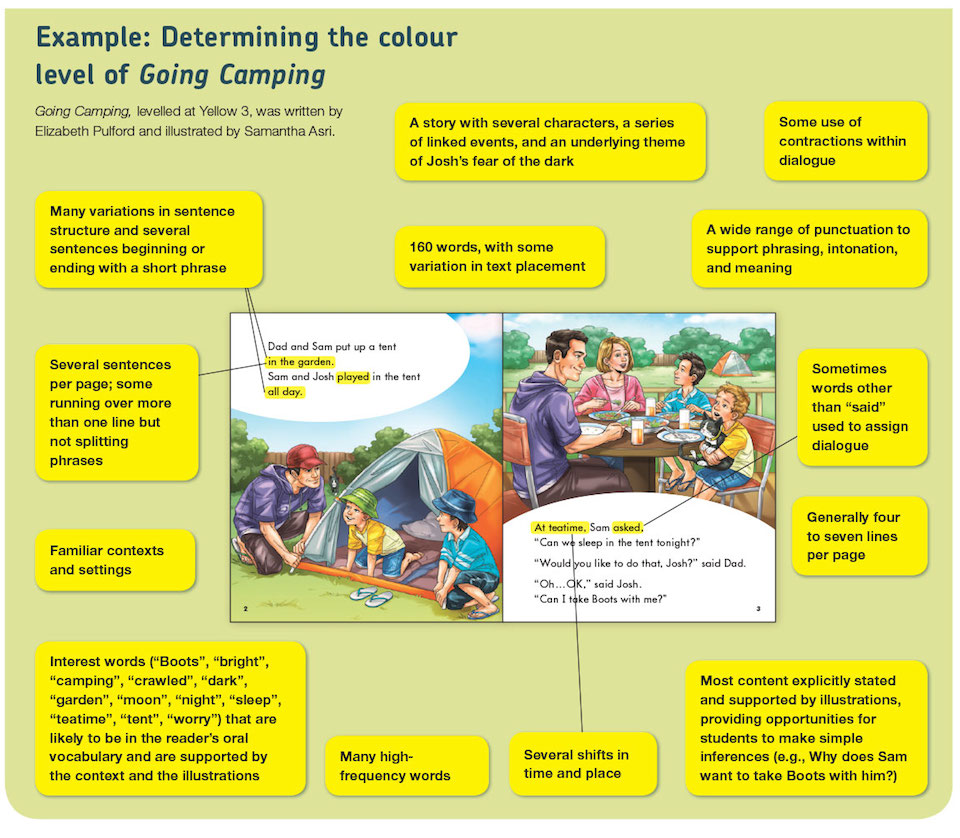Criteria for colour wheel levels
Ready to Read and Junior Journal texts are carefully crafted according to levelling criteria. These criteria are closely linked to The Reading and Writing Standards and The Literacy Learning Progressions for students in years 1–3.
The criteria cover such aspects as:
- familiarity and explicitness of content – including the amount of support from illustrations
- sentence structure – the length, complexity, and variety of sentences; the use of verb tenses, verb forms, and punctuation
- word-level considerations – for example, the use of high- frequency words; that topic and interest words are well supported
- text length and layout – for example, the number of lines, sentences, and paragraphs per page; sentence and phrase breaks; font size and word spacing; the overall word count.
For texts at Orange and above, the Spache readability formula is used as a further levelling guide.
All Ready to Read and Junior Journal texts are trialled in classrooms. Teachers give feedback about the effectiveness of the texts and their levelling, and they provide suggestions for the teacher support materials.
The decision about the final colour-wheel level of a text is an “on-balance” judgment, taking into account the overall text criteria (for example, a text may be slightly more or less complex in some respects), feedback from trialling, and the fit with existing texts.
Individual students may find particular books more or less difficult than the recommended levels, according to their interests, culture, language experiences, and background knowledge.
This Curriculum Update provides examples of the levelling criteria as applied to two texts, one at Red and one at Yellow, in order to demonstrate some aspects of the gradient of difficulty.

